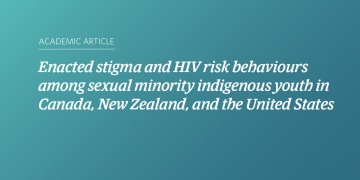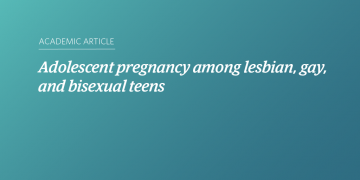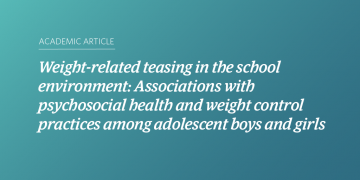How many is too many for BC youth? Alcohol use and associated harms
Although the legal drinking age in British Columbia is 19 years, many youth begin to experiment with alcohol before this age. Studies have shown that alcohol consumption by youth under the age of 19 is associated with an increased likelihood of involvement in health risks, such as a vehicle crash or a sexual or physical […]
Urban and rural student substance use: Technical report
Differences in economic, cultural, social and educational factors between urban and rural areas in Canada might influence behavioural and mental health outcomes. However, most research assessing differences in urban and rural patterns of substance use has been conducted in the United States. Within Canada, information is limited on whether students who attend urban and rural […]
Our communities, our youth: The health of homeless and street-involved youth in BC
Homeless and street-involved youth are among the most vulnerable populations in Canada and experience significant health inequities. The 2014 Homeless and Street-Involved Youth Survey (HSIYS) captured information from youth living in 13 diverse communities across British Columbia between October 2014 and January 2015. A total of 689 youth (aged 12–19 years) participated, from which we […]
We all have a role: Building social capital among youth in care
Research has shown the value of social capital in relation to an individual’s health, happiness, and improved life expectancy, as well as the benefits to a community of having social networks that can come together to support the community and make positive change happen. Using data from the 2013 BC Adolescent Health Survey which was […]
Sexual Health of Youth in BC
Adolescence is an important time in sexual development. It includes physical changes of puberty as well as changes in emotions and cognitive abilities. During this time, most youth develop romantic and sexual attractions, begin to understand their sexuality, and some enter their first romantic relationships. Some young people will also have sexual relationships. Legally the […]
Beyond the stereotypes: Variation in sexual exploitation experiences of youth evaluated at a hospital-based child advocacy centre [abstract]
Purpose: Much of the current research about sexually exploited youth draws from street youth services or programs for exiting, yet clinical services may reach a different population. The primary aim of this study was to describe the abuse experiences of sexually exploited runaway adolescents assessed at a hospital-based child advocacy center. We also sought to […]
Trends in Disordered Eating by Sexual Orientation in Western Canada [abstract]
Purpose: Health disparities between sexual minority (SM) adolescents and heterosexual adolescents have been identified for risky behaviors such as substance use and risky sexual practice. Yet, few studies have looked at disordered eating (e.g., binge-eating and self-induced vomiting) which may cause serious health consequences. SM youth may be at higher risk for disordered eating, in […]
Enacted stigma and HIV risk behaviours among sexual minority indigenous youth in Canada, New Zealand, and the United States
Abstract Enacted stigma has been linked to increased HIV risk behaviours among sexual minority youth, but despite higher rates of HIV and other STIs, there is very little research with Indigenous youth. In this study, secondary analyses of three population-based, school surveys were conducted to explore the associations between HIV risk and enacted stigma among […]
Adolescent pregnancy among lesbian, gay, and bisexual teens
This chapter focuses on a rarely-explored issue. Most people who think of adolescent pregnancy, assumes it is an issue exclusively among heterosexual youth. After all, pregnancy during the teen years usually requires penile–vaginal intercourse; there are no known countries where clinicians will provide artificial insemination to adolescents wishing to become pregnant, as adult lesbian women […]

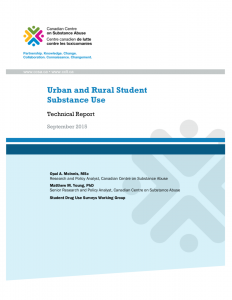
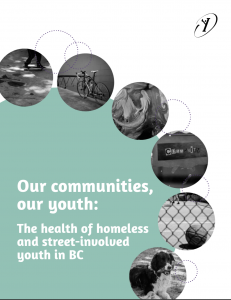

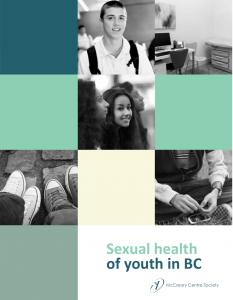
![Teal and blue gradient background with white text that says “Beyond the stereotypes: Variation in sexual exploitation experiences of youth evaluated at a hospital-based child advocacy centre [abstract]”](https://www.saravyc.ubc.ca/files/2014/05/Beyond-the-stereotypes-Variation-in-sexual-exploitation-experiences-of-youth-evaluated-at-a-hospital-based-child-advocacy-centre-abstract_Twitter-360x180.png)
![Teal and blue gradient background with white text that says “Trends in Disordered Eating by Sexual Orientation in Western Canada [abstract]”](https://www.saravyc.ubc.ca/files/2014/05/Trends-in-Disordered-Eating-by-Sexual-Orientation-in-Western-Canada-abstract_Twitter-360x180.png)
